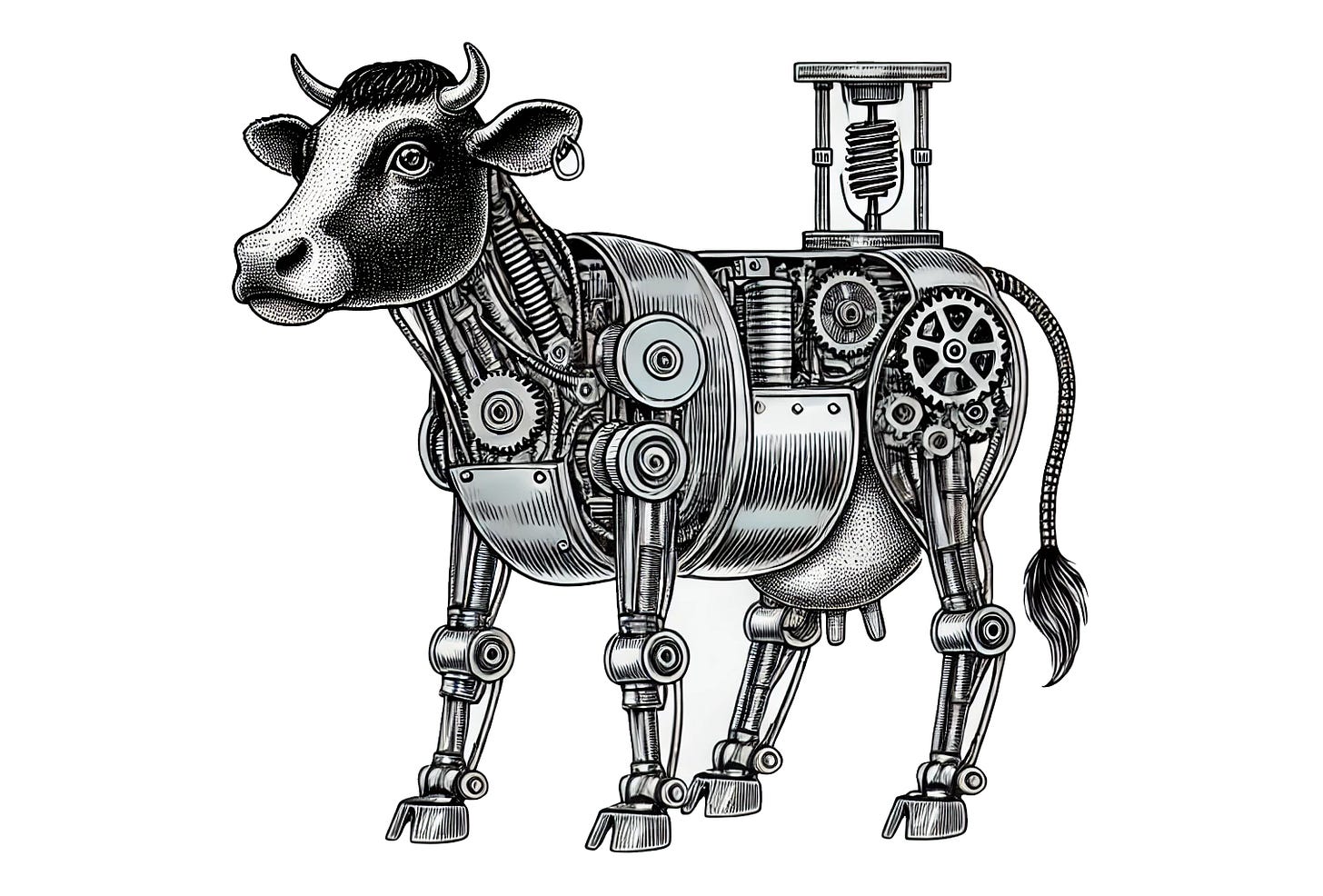THE BULL CASE FOR OPEN PLATFORMS
Why Decentralized Applications (dApps) will Succeed in the Near Future
Despite soaring asset prices and volume, the blockchain industry has produced few mainstream software applications — defined by millions of DAUs or ARR — for much other than casino-like trading apps, NFTs as a mixture of art / club membership, and the financialization of memes through “meme coins.”1 Although there are some interesting gigabrain takes on the legitimacy of meme coins, most builders in the field assume that, at some point, fully-fledged decentralized apps (dApps) will compete with many traditional web2 apps. This is the vision of web3: Twitter becomes Farcaster, Uber becomes Teleport, Google Maps becomes Hivemapper, and so on. So far, these dApps have only been able to attract other builders in the space as users. This essay will explain why this is not a problem and, in fact, the bull case.
If you’ve been here before, we’re taking a brief detour from the Virtualization of Everything; don’t worry, we’ll get back to that soon! Since then, I also launched a new NFT collection – check it out here.
To explain this point, I’ll focus on Farcaster, although the principle applies universally. Farcaster, in a nutshell, is Twitter implemented via an open protocol with usernames managed on Ethereum.2 A large portion of Ethereum developers now use Farcaster as their go-to social media app, not because they want to support the ecosystem, but because it’s a genuinely more interesting place for them to spend their time. The reason is, if you can code, you have the capability to build your own app that pulls and interacts with Farcaster data. You could change the font, adjust the feed, create a bot — you might even create a business. This carrot was enough to get an initial set of builders to hangout there, who then found they had a lot in common with each other, and voila – a community was born and the social media app reached a self-sustaining mass.
Merkle Manufactory’s strategy now appears to be attracting users from increasingly broader cultural circles — first crypto, then tech, then politics, and eventually everyone else. In theory, the community and feature set (created by third-party developers) would be enough to attract users who don’t care about decentralization. This strategy may work, but soon it won’t be necessary for two reasons:
First, there is a generation computer programmers on the horizon. Kids are now learning to program in grade school, with many programs treating computer science as a fundamental subject, rather than an extracurricular. Eventually, all young people will know how to code. These users should be naturally inclined towards open platforms they can tinker with and potentially earn income from.
Second, AI is making coding easier and more accessible. You won’t need to be smart to be a coder. Soon, you might even be able to build entire apps with natural language. Right now, most Farcaster users aren’t building their own custom apps and extensions because coding still takes time and effort. AI will vastly eliminate this cost.
Put these two facts together — a mainstream user base that knows how to code, supercharged by AI tools — and suddenly, the limitations of closed platforms will feel much more palpable.
Most people don’t even see the digital serfdom they currently live in. It’s as if, instead of owning a home, you could only rent, and you weren’t allowed to change anything or move the furniture, and every room had a camera that monitored you 24/7 and sold your data to advertisers. This is the state of software today. An Urbit ad a few years ago explained much of this concept succinctly and hypnotically:
As the world becomes more digital, the cost of these limitations will increase, and the future will lie in open platforms. One question that remains for the blockchain industry is where exactly it fits in. Open standards existed before blockchains; blockchains just provide new abilities. Nostr, for example, is creating a competitor to Farcaster that doesn’t rely on blockchain to manage identity. This topic is an essay for another day, but one thing remains clear: your kids and grandkids will be much more interested in web3 than web2.


